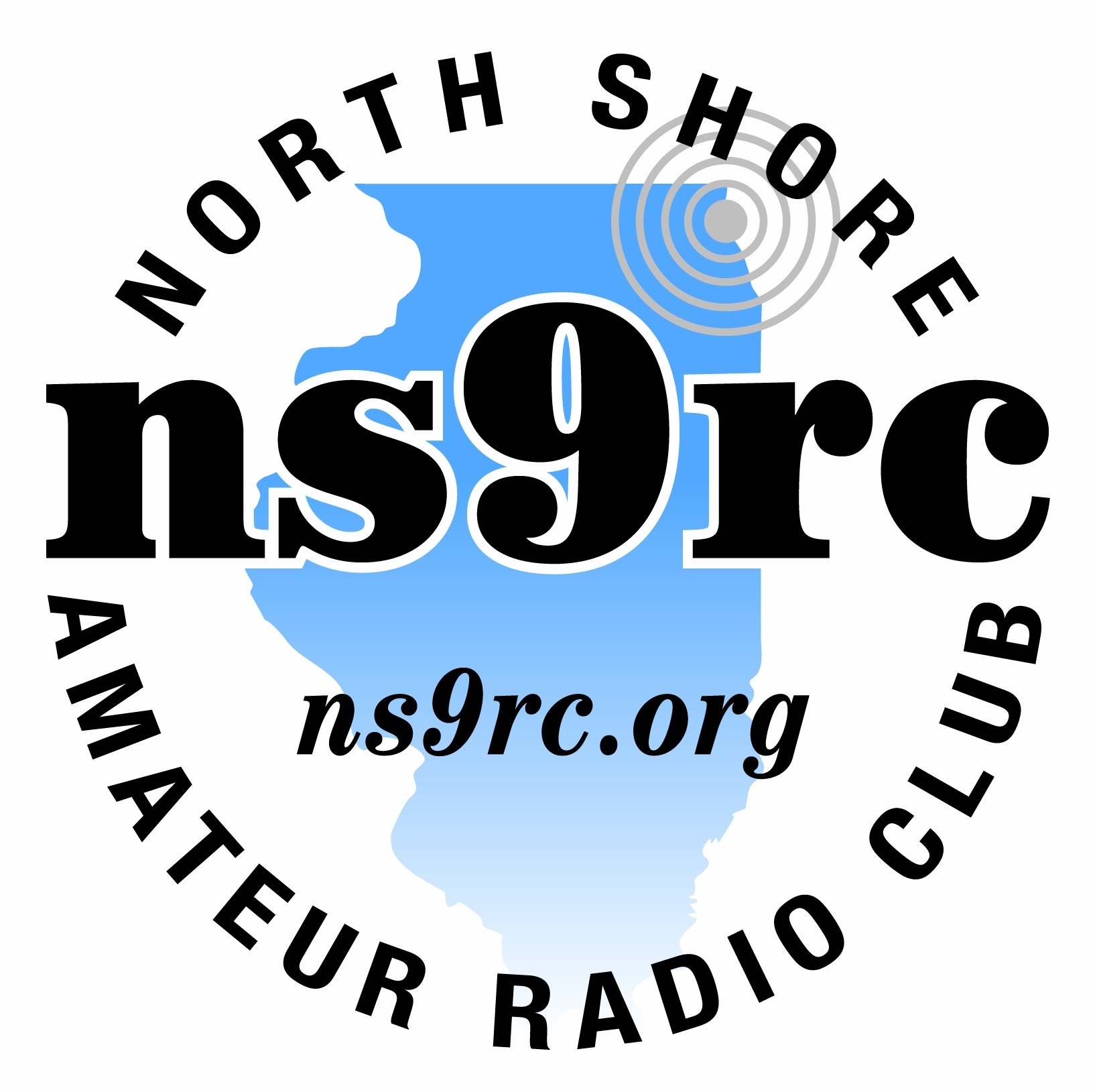Boy meets oscilloscope
Several years ago, a friend gave me his prized stereo amplifier, a JBL 6260. This is a vintage line built by UREI that you can still find in use today. I had used it in my office as a reference amp and stereo for years…and, because I am lazy, I never turned the power off. You know, the switch is way back there and I am way up here etc! One day, I heard the tell tale signs of old age…the capacitors started to sing, crackle and finally pop. She was dead. Of course, all of this happened when my arm was in a sling from having some surgery done, so I had to wait for my son to come home to drag the amp to my bench. It has a fabulous and heavy transformer that must weigh 10 pounds all by itself. I popped open the covers and peered in. Everything appeared fine…but I knew there were issues. I was able to get a nice schematic on-line and started to do some hunting. All lines lead to the 4 electrolytic capacitors that help distribute the power to the system. Now, getting replacements is where the fun began. These are all built on through-hole boards, so finding components like that are becoming difficult. The best thing about this project – which says tons about a world we have left behind, is that the documentation for this amp was superb. I could read the schematic and find the components (everything was clearly numbered). Obviously, they planned on people fixing this thing.
I hunted around for the exact type replacements and finally found some on eBay…from Hong Kong. In fact, I found a ton of older parts from Hong Kong. So, I ordered the parts and waited. I did get a nice note from someone over there thanking me for the order and encouraged me to write if it didn’t arrive.
In the intervening weeks, I found a huge library of online videos from stereophiles talking about this amp and others and service issues they had faced. This was simply amazing—and opened my eyes to a universe that I never knew existed. I knew of audiophiles…really serious people about their audio gear, but I never saw so many people doing serious bench tests with the gear. One guy had a four part video series putting this amp on his bench and testing all of the components…that worked out to my advantage later.
I installed the new caps when they arrived and was thrilled that everything powered up again. I left it on for a while when new problem came to the front. The unit would not switch out of stand by and that relay started to chatter and make all sorts of noise. So, back to the drawing board. That is when Greg Karlove stopped by with his oscilloscope. I never really used a scope other than to show kids what their voices looked like. Well, he started probing and measuring. That proved to be a wonderful hands-on tutorial on how to trace and find bad components. A great meeting topic, by the way. Sure enough, we had to replace three more capacitors…which turned out to be another journey. I did go to Radio Shack, but they did not have the parts. Go figure! Eventually, I was able to cobble together the parts from various sources (yes, I know you can go on line to purchase them from many fine distributors, but I am kind of a Neanderthal. I like to go to local shops and buy parts now!)
My arm is all healed now…so I can lift the unit back into place to see if it works and low and behold…it does! It is back in great working order and I am all the wiser. I also now know why people don’t fix things anymore…it is often impossible to get good documentation or replacement parts. I have an Alinco 2 meter radio that has issues and it will be simpler for me to throw it out and buy a new one than to try to fix the surface mounted components. So, without sounding nostalgic…from an educational point of view, I love the old days. Thanks to Greg Karlove, and the entire Internet for sharing their time and knowledge.
Rob Orr K9RST
Vice President of the NSRC
